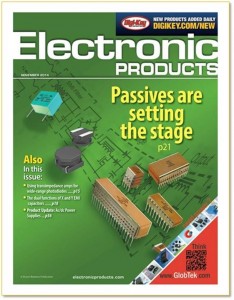Karl and Corey run The Spark Gap Podcast which is focused on embedded electronics. On Episode 25 they interview me about Capacitors. We covered all the major types of caps, plus some application bits. Check out their show notes for an impressive array of links on the subject.
Also, my favorite episode of theirs so far is episode 18. The guys talk about different serial protocols like SPI, I2C, CAN, etc. Really good stuff.




